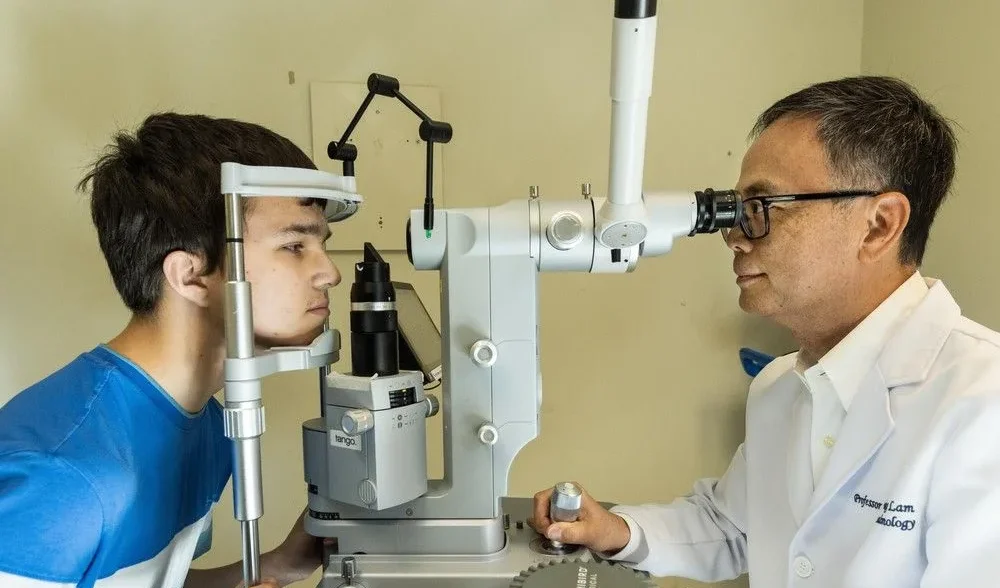Affecting millions of people around the world, aortic stenosis is a form of valvular heart disease that occurs when the main valve leading from the heart to the body becomes narrowed. Patients experience a number of progressive symptoms including chest pain, shortness of breath and fainting — and over half will die within one yearif the valve is not replaced.
Surgical aortic valve replacement has traditionally been the gold standard. However, it requires the surgeon to cut through the breastbone while the patient is under general anesthesia, stop the heart and replace the existing aortic valve. In elderly high-risk patients, operations usually last several hours and patients often spend over a week in hospital and two to three months recovering at home.
Building on a minimally invasive technique originally pioneered by his colleague Dr. John Webb, Dr. David Wood and his team developed the Vancouver Multidisciplinary, Multimodality but Minimalist (3M) Clinical Pathway for Transcatheter Aortic Valve Replacement (TAVR).
Home the next day
The procedure involves making a small incision in the thigh, inserting a catheter (a thin, flexible tube) with a new aortic valve up the femoral artery to the heart and replacing the existing diseased valve in approximately 20 minutes while the patient is awake and talking. Patients are walking the same day and usually safely go home the next morning.
Revolutionary study
In a study developed at the Centre for Heart Valve Innovation (CHVI) in Vancouver, and coordinated by the BC Centre for Improved Cardiovascular Health, the team demonstrated that the Vancouver 3M Clinical Pathway improved patient outcomes and dramatically simplified aortic valve replacement in 411 patients across 13 North American sites.
Staggering benefits
“The benefits for health authorities around the globe are staggering,” says Dr. Wood. “Without adding additional infrastructure, patients can now be safely treated in existing facilities and go home the next day.”
Global impact
The team at CHVI, in collaboration with Sandra Lauck — a clinical nurse specialist — are in the process of sharing their technique with other centres in North America and Europe as part of their global “Benchmark” program. They hope the Vancouver 3M Clinical Pathway will eventually become the standard of care for most patients with aortic valve disease.
Aortic valve disease
- The aortic valve is the most important of the four heart valves — it supplies blood to the head, lungs and muscles
- The symptoms of valvular heart disease are angina, palpitations, shortness of breath
and swelling- Mortality rate exceeds 50% at one year if the valve is not replaced once patients develop symptoms
Benefits of TAVR
- 80% of patients go home the same day
- 90% of patients go home within two days
Share this:



